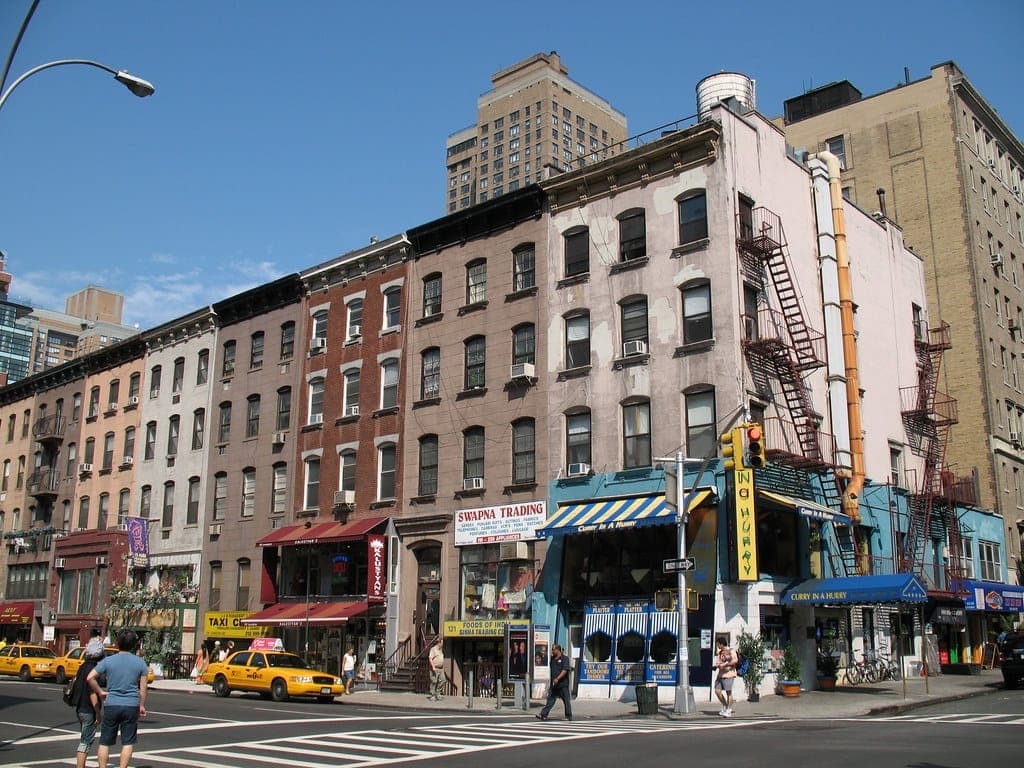
News
By Eric Cova, March 20, 2024
South San Francisco’s project had several challenges—from differences of opinion on site selection with the city council to additional costs for seeking consultant support, to design challenges with ADA accessibility ramps. However, the city staff and supporting partners were determined to find solutions, which resulted in a resounding success for the project. Read the full case study in the Complete Streets Leadership Academies Report and explore the other case studies here.
Project Snapshot
The City of South San Francisco chose to focus on El Camino Real (ECR or State Route 82) as their corridor of interest. Despite changes in surrounding land uses that have brought in more businesses, schools, services, and other destinations along ECR, most parts of the corridor continue to prioritize the speed of vehicles passing through over people walking, biking, or using transit to get to a destination along the corridor. The City of South San Francisco’s participating cohort recognized these issues and wanted to test out temporary changes to reduce speeds, protect pedestrians at crossings, and improve transit access and operations. They identified a 2500-foot stretch on the ECR corridor to have temporary Class IV protected bike lanes, new high visibility crosswalks at Country Club Dr and ECR, and a Zicla bus boarding platform for hybrid bike/bus zones.
The city staff, supporting partners, and consultants did a tremendous job of overcoming the challenges they faced, including missing necessary tools to install the bus boarding platform and slope challenges with the ramps for ADA accessibility. The tenacity and commitment of everyone involved in the project was nothing short of exemplary, resulting in a successful project that caught the attention of the neighboring cities in the process.
Outcomes
The impact of the project was measured through observations, data collection, and engagement. Highlights include:
- The Zicla bus boarding island has proven to be a huge success with passenger pick-up time reduced from 1 minute and 15 seconds to 10 seconds since the project.
- SamTrans, the local transit agency, loved the island’s success and has offered to buy back the island from the city to test it out in other locations across their service jurisdiction.
- Given there are no sidewalks on this section of ECR, which has a school nearby, the city observed that students used the bike lane, which directly connects to the back entrance of the school, to walk to the school after getting off the bus. This helped illustrate the need for pedestrian infrastructure.
Key Takeaways
Having to iterate and shift from original plans is not a bad thing. The goal of these temporary demonstration projects is to allow cities to troubleshoot and resolve challenges along the way to ensure that lessons are learned and the final project serves the community’s needs.
Costs for temporary projects can still be significant. While temporary projects cost significantly less than permanent projects, the costs of purchasing materials for temporary quick-build projects can still be notable, particularly if they span long stretches of time and require outside contractor support. Cities that have adopted this model as an ongoing part of their system tend to store materials that can be reused for multiple projects and lean on their public works staff and volunteers as much as possible for installation to reduce associated costs.
Don’t think small. The South San Francisco project team dreamt big and faced a lot of challenges as a result. But they leaned on multiple partners for support and help, stayed in consistent communication with their city council and Caltrans staff, and committed to making this happen. It wasn’t smooth sailing, but all of their efforts resulted in this being a huge success for the city and its partners, and the largest quick-build project that Caltrans has ever participated in on a state-owned road.
 In 2022, Smart Growth America launched the Complete Streets Leadership Academies in Alaska, California, Connecticut, and Tennessee to equip and train local agencies and state departments of transportation to collaborate, innovate, and commit to making changes together to address safety on these dangerous state-owned roads. Cohorts were selected to plan and implement “quick-build” demonstration projects, a way to pilot and test new ideas and street designs to activate streets and better support walking, biking, and rolling.
In 2022, Smart Growth America launched the Complete Streets Leadership Academies in Alaska, California, Connecticut, and Tennessee to equip and train local agencies and state departments of transportation to collaborate, innovate, and commit to making changes together to address safety on these dangerous state-owned roads. Cohorts were selected to plan and implement “quick-build” demonstration projects, a way to pilot and test new ideas and street designs to activate streets and better support walking, biking, and rolling.This program and report was developed with funding from the Centers for Disease Control and Prevention’s (CDC) Division of Nutrition, Physical Activity, and Obesity (Cooperative Agreement CDC-RFA-OT18-1802). The views presented in this product do not necessarily reflect the views and/or positions of CDC.
Related News

© 2025 Smart Growth America. All rights reserved
Site By3Lane Marketing




























